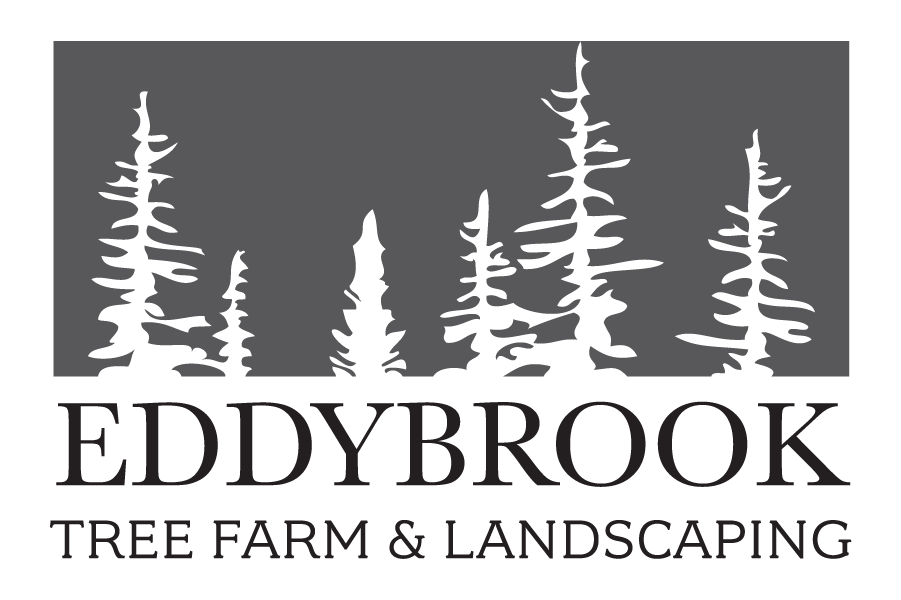What is mulch?
Mulch in itself is material that is spread out over and around the roots of what you have planted. Two types of mulch are organic and inorganic mulch. Organic mulch includes grass clippings, leaves, bark mulch, newspaper and straw like pine straw. Inorganic mulch includes various types of rocks, stones and gravel. The advantage to using organic mulch is that overtime it breaks down and adds nutrients to the soil, thus making the soil richer. However, because it eventually decomposes, organic mulch will need to be replaced from time to time.
Why Use mulch?
Mulching is one of the most important ways to protect and maintain healthy landscaped plants, shrubs and flowers. Some of the uses for mulch are:
· Prevents weeds from coming through
· Holds water and moisture in your plants and gardens, therefore you don’t have to water as much
· Helps the roots maintain an even temperature
· Protects your soil from erosion
· Adds a more finished look to you landscape
Applying Mulch
When applying mulch you want to put a layer of it 2-4 inches as close to the roots as possible. Remember to replace the mulch as needed if using organic materials. Make sure you don’t use too much as too much of it will be a bad thing possible causing the roots to suffocate. You also want to make sure you keep any mulch away from tree trunks. Organic mulches are very beneficial but they can wind up being a habitat for insects. Most of these insects will not harm your plants but they may become a nuisance for you. Keep this in mind when using organic mulch close to your house. Pavement ants are known to love bark mulch. If put too close to your house you may have unwanted guests. Some people like to spread out a layer of plastic underneath before they apply mulch. This isn’t a good idea because it dries out the soil underneath defeating the purpose of maintaining proper moisture for the root system. The best time to apply mulch is in late spring once the ground starts to warm up.

